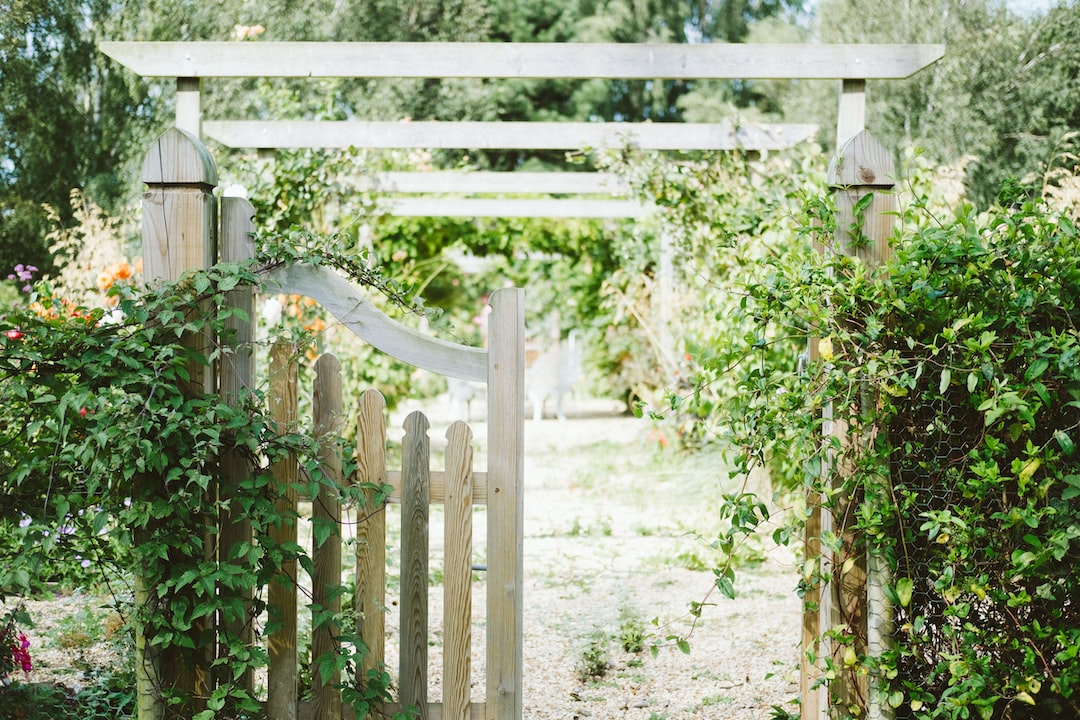A Beginner’s Guide to Creating a Pollinator-Friendly Garden
Pollinators play a crucial role in our ecosystem by facilitating plant reproduction. They include bees, butterflies, birds, and other insects that carry pollen from one flower to another. However, due to habitat loss, pesticide use, and climate change, pollinators are facing numerous threats. As a result, it has become increasingly important for gardeners to create pollinator-friendly spaces to support and conserve these vital creatures. If you’re interested in attracting pollinators to your garden but are unsure where to start, here is a beginner’s guide to help you create a vibrant and thriving pollinator-friendly garden.
1. Choose Native Plants: Native plants are best suited for local pollinators as they have a long evolutionary history with them. Research which plants are native to your region and incorporate them into your garden. They offer a reliable food source and are adapted to local climate conditions.
2. Plant a Variety of Blooms: Different pollinators have different tongue lengths and prefer various types of flowers. Create a diverse mix of flower shapes and sizes that bloom at different times throughout the year to ensure a continuous food source for pollinators.
3. Include Host Plants: Some pollinators, like butterflies, lay their eggs on specific plants, known as host plants. By including these plants in your garden, you’ll provide a habitat for the pollinators at each life stage. For instance, monarch butterflies need milkweed plants as host plants for their larvae.
4. Avoid Chemical Pesticides: Pesticides can harm pollinators, so it’s essential to avoid using toxic chemicals in your garden. Instead, opt for organic pest control methods or encourage natural predators, like ladybugs and praying mantises, to keep pest populations in check.
5. Provide Water Sources: Just like any living creature, pollinators need water to survive. Create small shallow water features, like a birdbath or a shallow dish with pebbles, to give them access to water without the risk of drowning.
6. Create a Sun-Drenched Space: Most pollinators thrive in sunny areas, so design your garden to receive ample sunlight. Avoid shading your pollinator-friendly plants with trees or tall structures that may obstruct sun rays.
7. Maintain Sheltered Spaces: Pollinators not only need food and water but also need shelter to hide from predators and harsh weather conditions. Create dense foliage areas, rock piles, or consider adding bee houses or birdhouses to provide nesting sites.
8. Be Mindful of Seasonal Cleanups: While maintaining a tidy garden is important, it’s equally essential to preserve some overwintering stems and leaves as they provide shelter for pollinators during colder months. Wait until early spring to do a thorough cleanup.
9. Educate Others: Share your knowledge and passion for pollinator-friendly gardening with others. Encourage neighbors, friends, and local communities to adopt similar practices in their gardens, which will ultimately create a network of pollinator-friendly habitats.
10. Monitor and Document: Keep a record of the pollinators visiting your garden and their behavior. This information will not only provide you with a better understanding of the pollinators in your area but also alert you to any declines or changes in species populations.
Creating a pollinator-friendly garden is an enriching journey that brings beauty and life to any outdoor space. By incorporating these principles into your gardening practices, you’ll be making a meaningful contribution to the conservation of pollinators while enjoying the delightful presence of these beneficial creatures. Remember, every garden, no matter how small, can make a difference in ensuring the survival of pollinators for generations to come.
